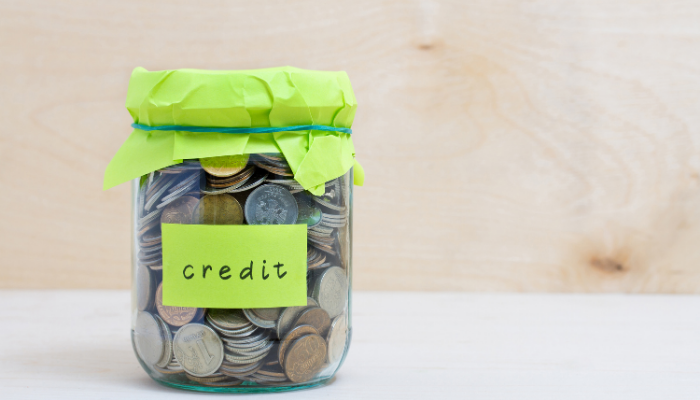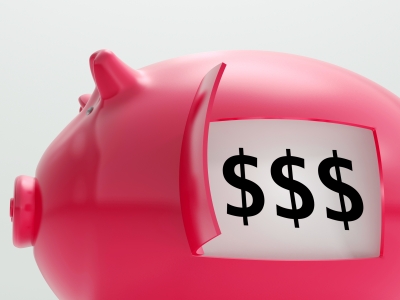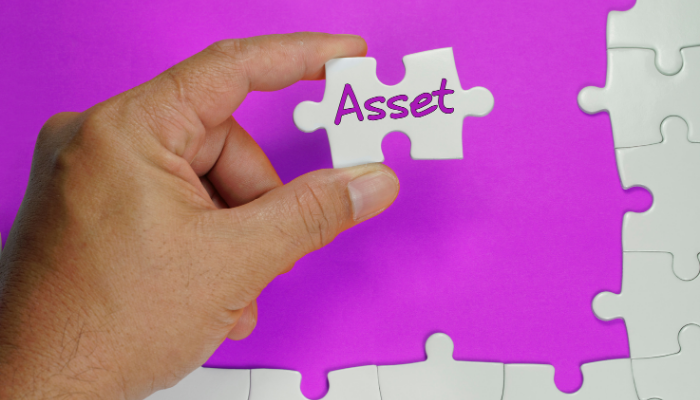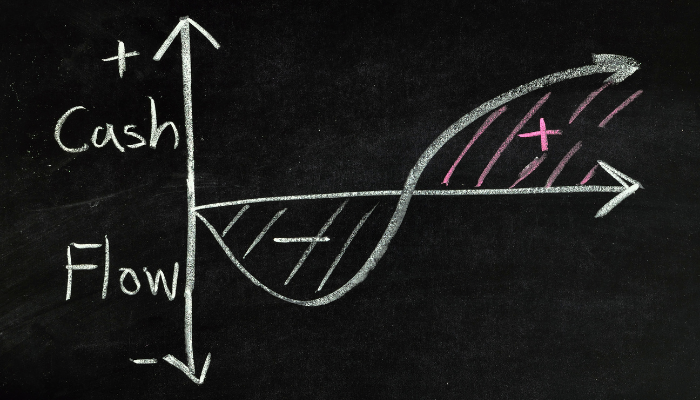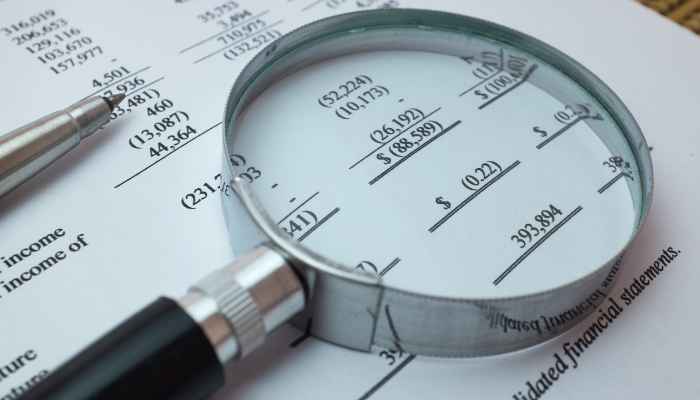
One of the basic accounting statements is the balance sheet. Each month, businesses use a balance sheet to get a clear picture of their income and expenses so that the owners can tell how much money they have for necessary costs of operation. While many business owners hire accountants to prepare these statements for them, some use computer software or accounting programs to prepare balance sheets for their companies.
What is a Balance Sheet?
In short, a balance sheet tells an entrepreneur what the cash flow situation is each month. While a balance sheet may sound complicated, it's actually a straightforward accounting of how a company's various assets compared to the amount of expenses that are due. The amount that remains over is the equity that the owner has in the business. A balance sheet is essentially a line-by-line visualization of the basic accounting principle Assets - Liabilities = Owner's Equity (A-L= OE).
The Components of a Balance Sheet
When you look at a balance sheet, the first section you'll see is reserved for assets. These assets can include cash on hand, cash in the company's bank account, and the customer invoices that are due for payment. On the balance sheet, the customer invoices that are awaiting payment are referred to as "accounts receivable". Even though the payment for these services has not yet been received, they are still included as assets for accounting purposes. If the business deals in retail goods, then the available amount of inventory is also included as an asset.
The second section of the balance sheet is for liabilities. Liabilities include the amounts that a company must pay for normal operating costs and business expenses. Typical items in the Liabilities section include payments made to short-term lenders and suppliers. These are often grouped under the single item "Accounts Payable". Long-term loan payments are usually listed directly under the Accounts Payable line.
At the bottom of the balance sheet, you'll also have to list the cash investment that you have put into your business. This is usually called the "Owner's Capital". After you subtract the liabilities from the assets, the amount that remains, plus the Owner's Capital, constitutes the Owner's Equity, or the amount of your business's assets that you actually own.
Completing a balance sheet takes a small amount of time each month, but it is worth the effort. When you can look at your balance sheet and see how much cash or assets you have on hand for expenses, you'll be able to avoid overspending or wasting your valuable equity.


